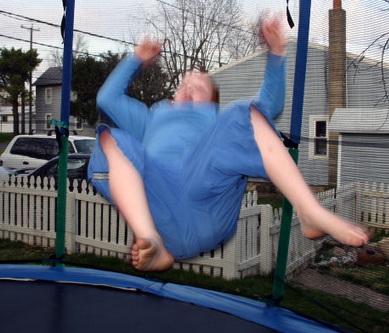Three Connecticut Universities Among Best for Game Design Career
/Quinnipiac University, Sacred Heart University and Fairfield University were Connecticut’s stand-outs when The Princeton Review determined the best undergraduate and graduate schools for students to study—and launch a career in—game design.
The University of Utah captured the #1 spot on the undergraduate schools list and the University of Central Florida ranked #1 on the graduate schools list. Quinnipiac University was the top-ranked Connecticut undergraduate institution, ranking #39. Sacred Hearth University was just three slots back, at #42. Fairfield University was #21 on the list of graduate institutions.
At Quinnipiac, the bachelor of arts in game design and development is a pre-professional program that prepares students to enter the highly competitive industry of game design or to pursue studies at the graduate level. It is an applied, interdisciplinary major, which focuses on the meaningful application of game technologies beyond commercial entertainment by addressing serious topics regarding the environment, health care and education including STEM and STEAM (science, technology, engineering, arts and math) initiatives. Students receive a solid foundation in fundamental arts principles and concepts, and develop specialized technical skills and competence in design, according to the university.
"For students aspiring to work in game design, the 58 schools that made one or both of our 2016 lists offer extraordinary opportunities to learn and to hone one's talents for a successful career in this burgeoning field," said Robert Franek, The Princeton Review's Senior VP-Publisher. "The faculties at these schools are outstanding. Their facilities are awesome. And their alumni include legions of the industry's most prominent game designers, developers, artists, and entrepreneurs."
The Princeton Review chose the schools based on its 2015 survey of 150 institutions in the U.S., Canada and abroad offering game design degree programs or courses. The 40-question survey gathered data on everything from the schools' game design academic offerings and lab facilities to their graduates’ starting salaries and career achievements. More than 40 data points in four areas (academics, faculty, technology, and career) were analyzed to tally the lists.
 The top 10 undergraduate schools to study game design were University of Utah (Salt Lake City, UT), University of Southern California (Los Angeles, CA), Rochester Institute of Technology (Rochester, NY), DigiPen Institute of Technology (Redmond, WA), Becker College (Worcester, MA), The Art Institute of Vancouver (Vancouver, British Columbia), Hampshire College (Amherst, MA), Michigan State University (East Lansing, MI), Drexel University (Philadelphia, PA) and New York University (Brooklyn, NY).
The top 10 undergraduate schools to study game design were University of Utah (Salt Lake City, UT), University of Southern California (Los Angeles, CA), Rochester Institute of Technology (Rochester, NY), DigiPen Institute of Technology (Redmond, WA), Becker College (Worcester, MA), The Art Institute of Vancouver (Vancouver, British Columbia), Hampshire College (Amherst, MA), Michigan State University (East Lansing, MI), Drexel University (Philadelphia, PA) and New York University (Brooklyn, NY).
Undergrad and grad students enrolled in the schools that made the lists also gain valuable professional experience while in school, according to The Princeton Review. About 85 percent of their undergrad and/or grad game design students that graduated in their 2015 classes developed actionable plans to launch games while in school. In addition, 49 percent of undergrads and 59 percent of grad students at these school programs worked on games that were shipped before they graduated.
The top 10 underg raduate schools to study game design were University of Utah (Salt Lake City, UT), University of Southern California (Los Angeles, CA), Rochester Institute of Technology (Rochester, NY), DigiPen Institute of Technology (Redmond, WA), Becker College (Worcester, MA), The Art Institute of Vancouver (Vancouver, British Columbia), Hampshire College (Amherst, MA), Michigan State University (East Lansing, MI), Drexel University (Philadelphia, PA) and New York University (Brooklyn, NY).
raduate schools to study game design were University of Utah (Salt Lake City, UT), University of Southern California (Los Angeles, CA), Rochester Institute of Technology (Rochester, NY), DigiPen Institute of Technology (Redmond, WA), Becker College (Worcester, MA), The Art Institute of Vancouver (Vancouver, British Columbia), Hampshire College (Amherst, MA), Michigan State University (East Lansing, MI), Drexel University (Philadelphia, PA) and New York University (Brooklyn, NY).
Among the top ranked graduate programs in game design, the only Connecticut school to rank among the top 25 was Fairfield University, which placed twenty-first. The top 10 were: University of Central Florida (Orlando, FL), Southern Methodist University (Plano, TX), University of Utah (Salt Lake City, UT), University of Southern California (Los Angeles, CA), DigiPen Institute of Technology (Redmond, WA), New York University (Brooklyn, NY), Rochester Institute of Technology (Rochester, NY), Drexel University (Philadelphia, PA), The University of Texas at Dallas (Richardson, TX) and Michigan State University (East Lansing, MI).


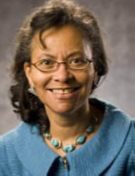 In addition to the expert panel on opioid abuse, there will be more than 30 presenters on public health topics, a presentation on the history of CPHA and public health in the
In addition to the expert panel on opioid abuse, there will be more than 30 presenters on public health topics, a presentation on the history of CPHA and public health in the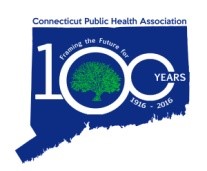 state, and a look forward to the future and innovations on the horizon in health research, policy, and community programs.
state, and a look forward to the future and innovations on the horizon in health research, policy, and community programs.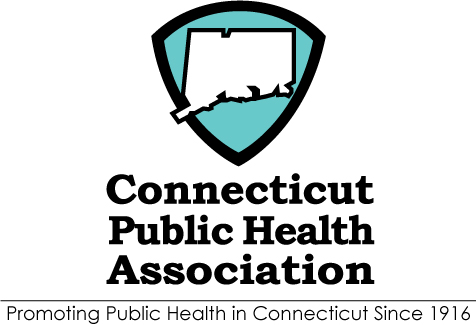 She seeks to broaden the national health debate to include not only universal access to high quality health care but also attention to the social determinants of health (including poverty) and the social determinants of equity (including racism). As a methodologist, she has developed new ways for comparing full distributions of data (rather than means or proportions) in order to investigate population-level risk factors and propose population-level interventions.
She seeks to broaden the national health debate to include not only universal access to high quality health care but also attention to the social determinants of health (including poverty) and the social determinants of equity (including racism). As a methodologist, she has developed new ways for comparing full distributions of data (rather than means or proportions) in order to investigate population-level risk factors and propose population-level interventions.
 Keynote speakers include Thomas W. Prete, Vice President of Engineering for Pratt & Whitney, Michael McQuade, Senior Vice President, Science and Technology, for United Technologies, Chris Van Buiten, Vice President of Sikorsky Innovations at Sikorsky Aircraft, and Peter Smith, Vice President, Engineering, at UTC Aerospace Systems.
Keynote speakers include Thomas W. Prete, Vice President of Engineering for Pratt & Whitney, Michael McQuade, Senior Vice President, Science and Technology, for United Technologies, Chris Van Buiten, Vice President of Sikorsky Innovations at Sikorsky Aircraft, and Peter Smith, Vice President, Engineering, at UTC Aerospace Systems.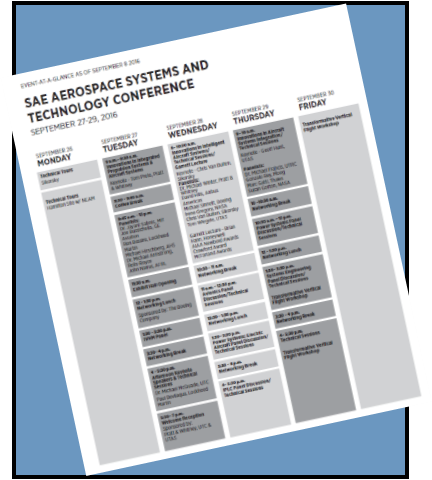
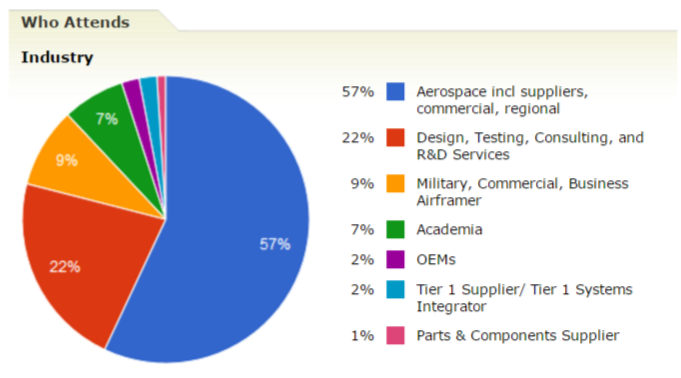

 As the state's principal educational technology advisor, the website explains, “the Commission works to ensure the effective and equitable use of resources, without duplication, and engender cooperation and collaboration in creating and maintaining technology-based tools for use by all the people of Connecticut.”
As the state's principal educational technology advisor, the website explains, “the Commission works to ensure the effective and equitable use of resources, without duplication, and engender cooperation and collaboration in creating and maintaining technology-based tools for use by all the people of Connecticut.”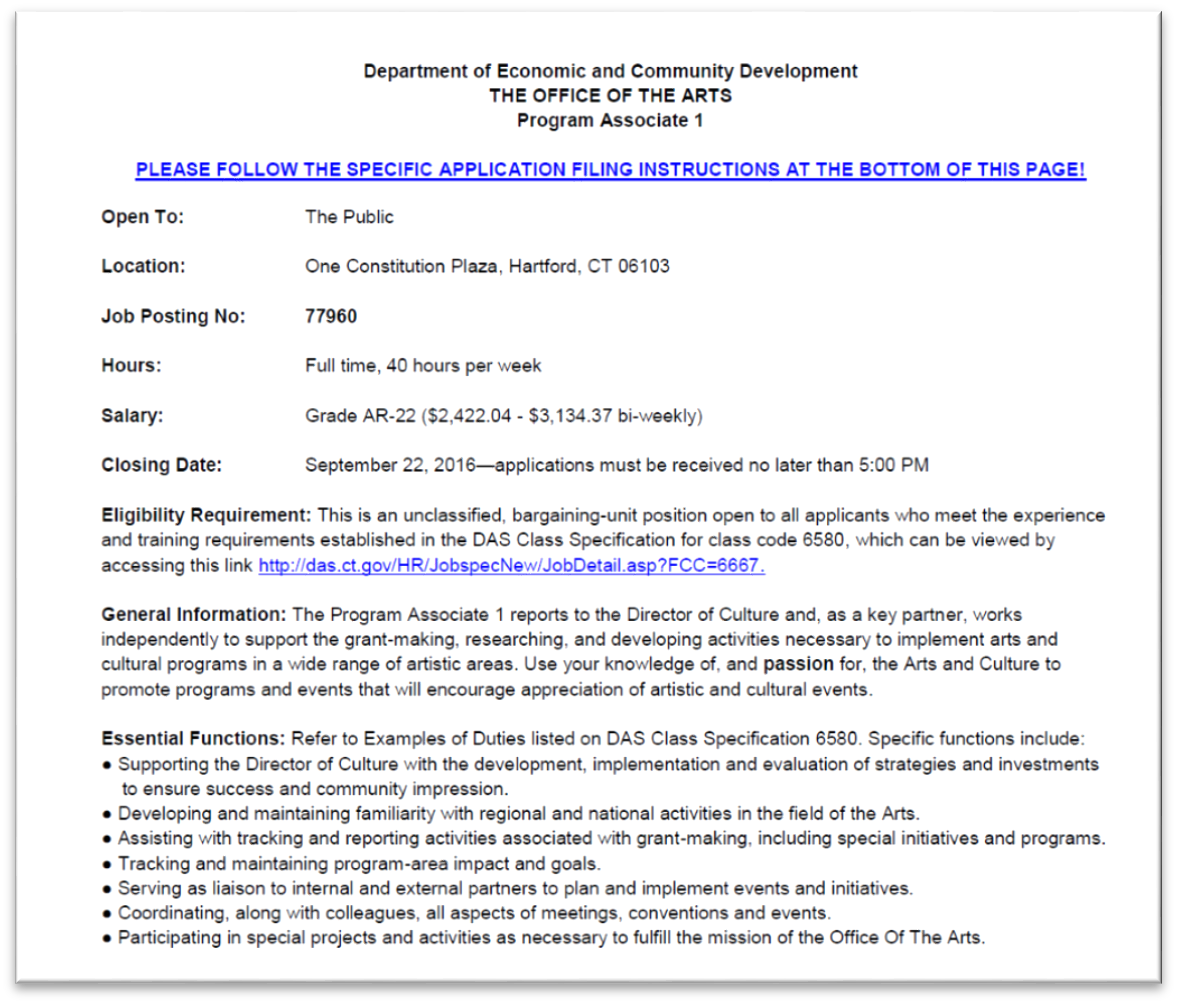 To do this, we've engaged a firm to help guide our discussions and considerations and are utilizing a Design Thinking approach to this process.”
To do this, we've engaged a firm to help guide our discussions and considerations and are utilizing a Design Thinking approach to this process.”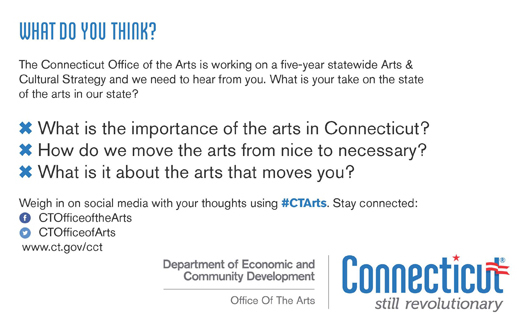
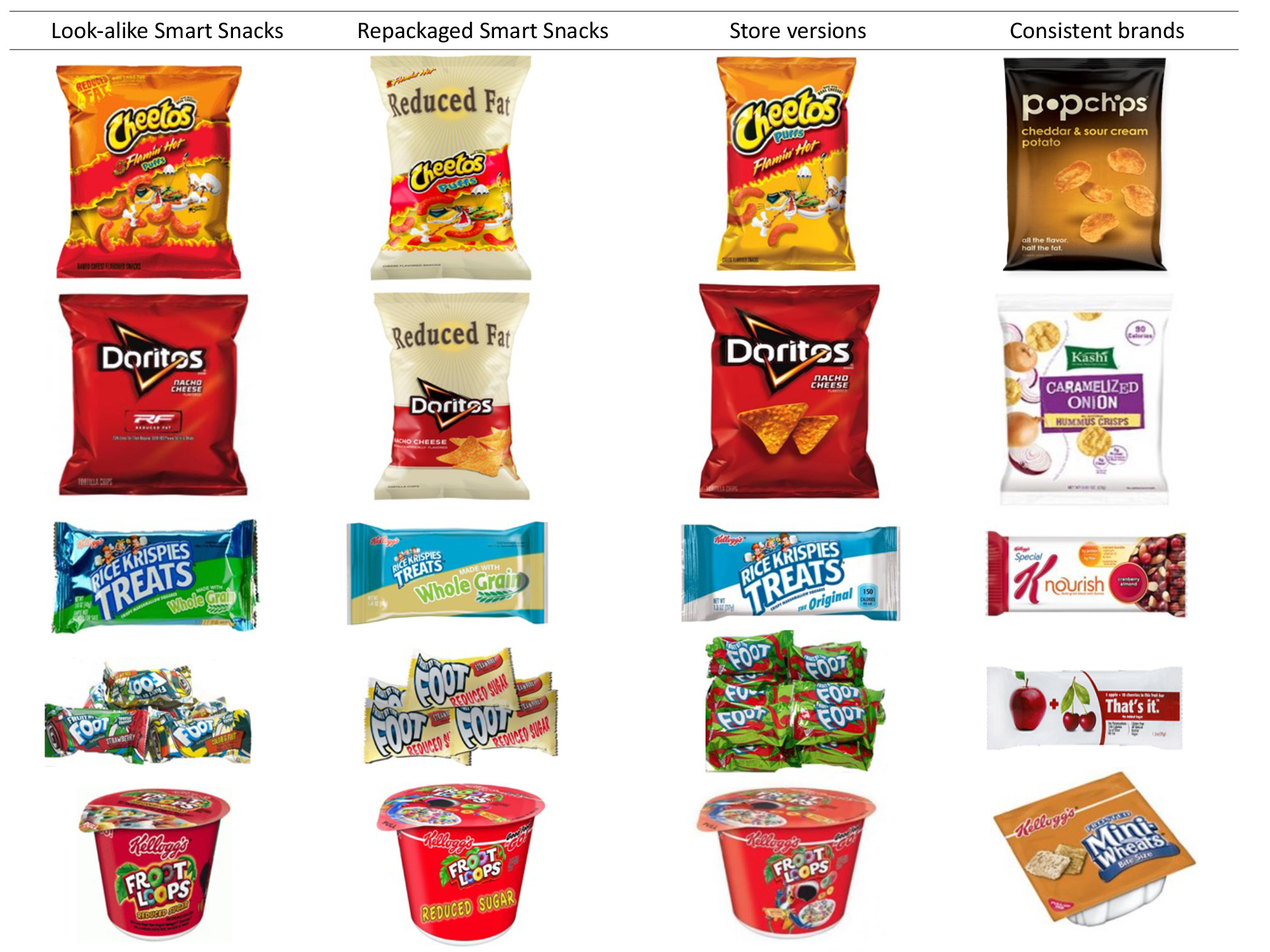
 “The practice of selling look-alike Smart Snacks in schools likely benefits the brands,” says Harris, “but may not improve children’s overall diet, and undermines schools’ ability to teach and model good nutrition.”
“The practice of selling look-alike Smart Snacks in schools likely benefits the brands,” says Harris, “but may not improve children’s overall diet, and undermines schools’ ability to teach and model good nutrition.”



 The New Haven Register
The New Haven Register 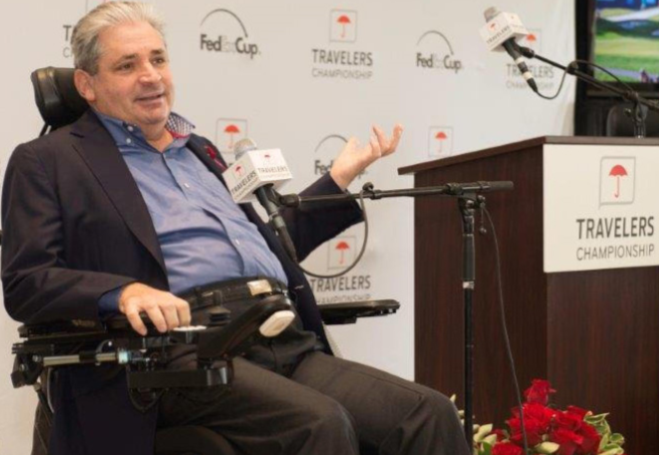

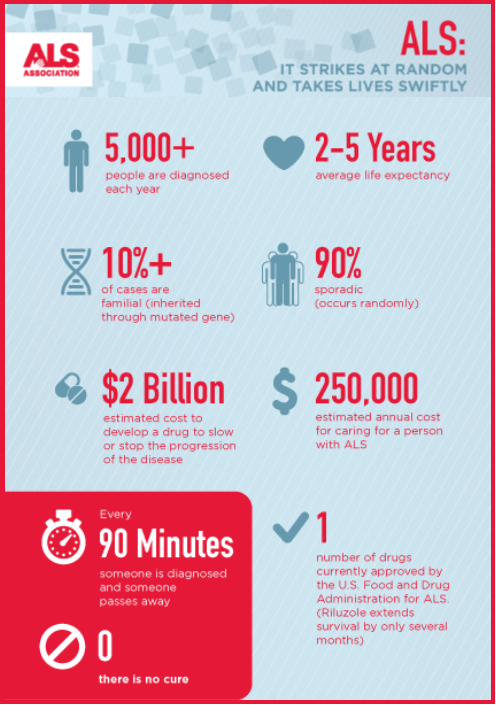
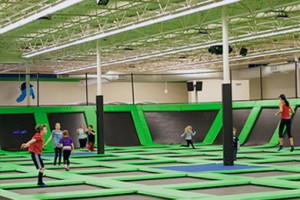
 running in communities including Hartford, New Britain, Trumbull, Bethel, Stamford, Norwalk, Manchester, Milford, Danbury, New Milford, Ridgefield, Brookfield, Wallingford. Another is expected soon in East Haven.
running in communities including Hartford, New Britain, Trumbull, Bethel, Stamford, Norwalk, Manchester, Milford, Danbury, New Milford, Ridgefield, Brookfield, Wallingford. Another is expected soon in East Haven.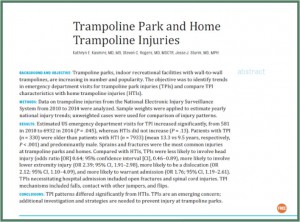 s," the organization said following publication of the study.
s," the organization said following publication of the study.